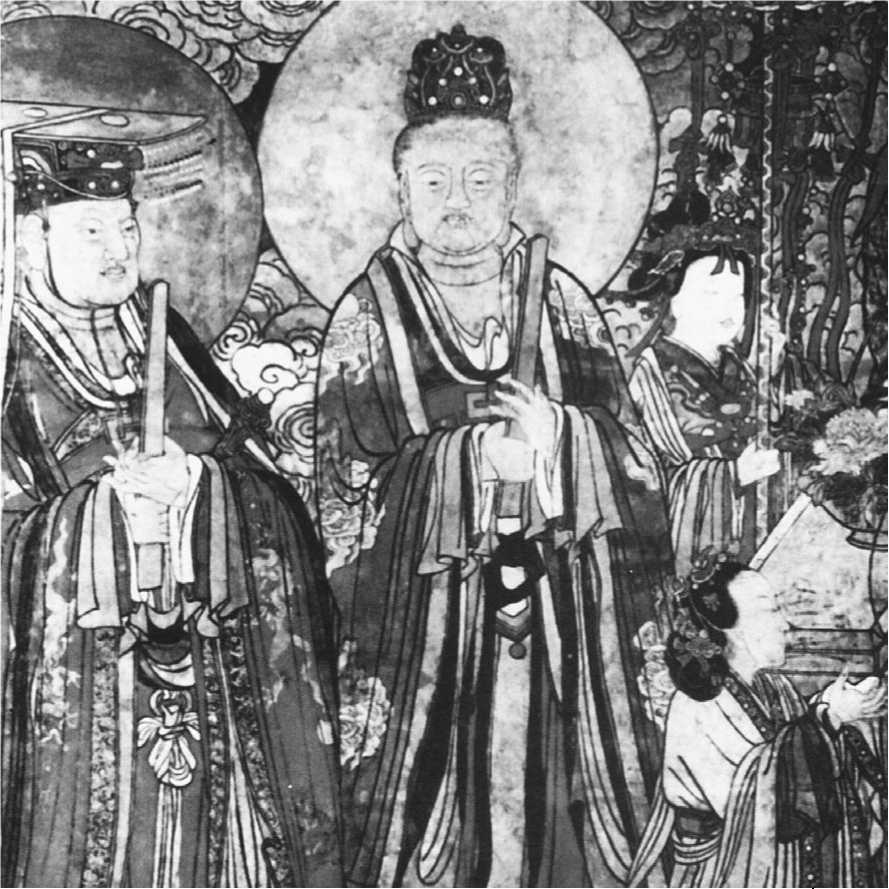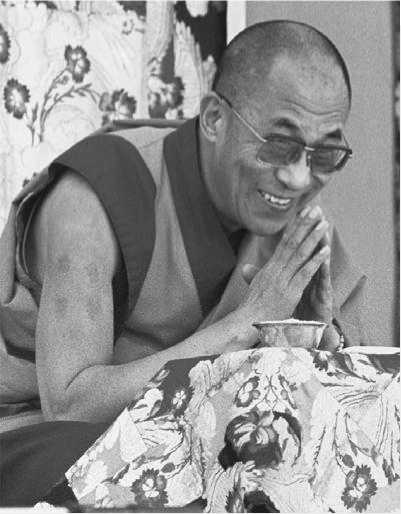The founders of the T'ang dynasty (TAHNG) were a father-son team, Li Yuan (ruled 618-26) and Li Shih-min (ZHUR-min; ruled 626-49). The son instigated a revolt and placed his father on the throne. Chinese emperors usually became known by a "reign title," assigned at the time of their death: thus these two became Kao Tsu (gow-DZU) and T'ai Tsung (dy-DZAWNG) respectively. Father and son allied China with a Turkic people called the Uighurs (WEE-gurz) against other Turks, extending T'ang

The ideas of Lao-Tzu, who lived around the 500s b. c., led to the development of Taoism, a mystical Chinese belief system. Reproduced by permission of the Granger Collection Ltd.
Rule deep into Central Asia and even Tibet, one of the world's most isolated lands (see box, "Tibet").
Both rulers issued a series of reforms, and in particular those of T'ai
Tsung—considered by many historians the greatest of China's imperial rulers—were particularly sweeping. He put into place a complex but efficient bureaucracy (byoo-RAHK-ruh-see) divided into three branches for making,


The Dalai Lama, political leader of Tibet.
Reproduced by permission of the Corbis Corporation.




 World History
World History









